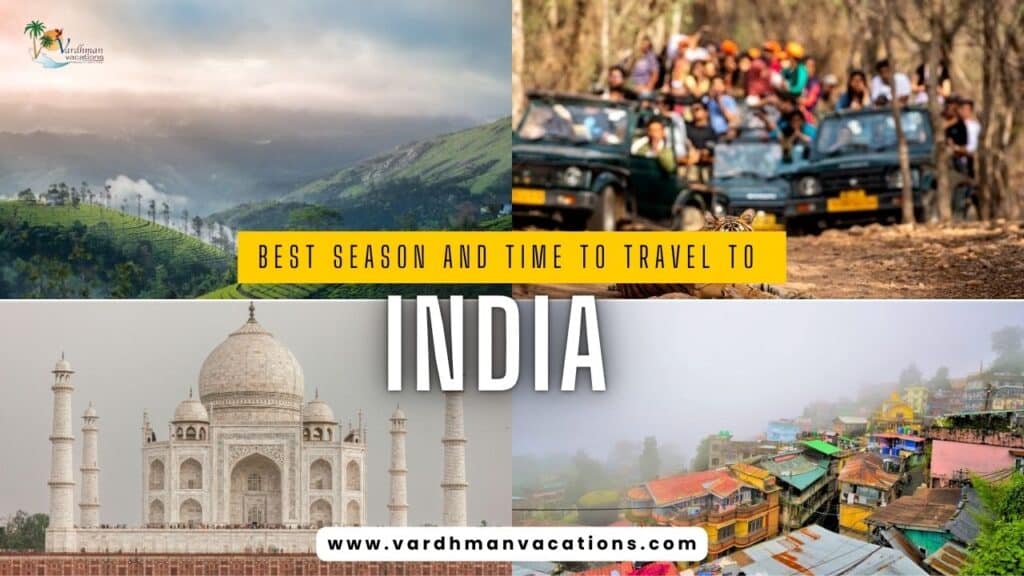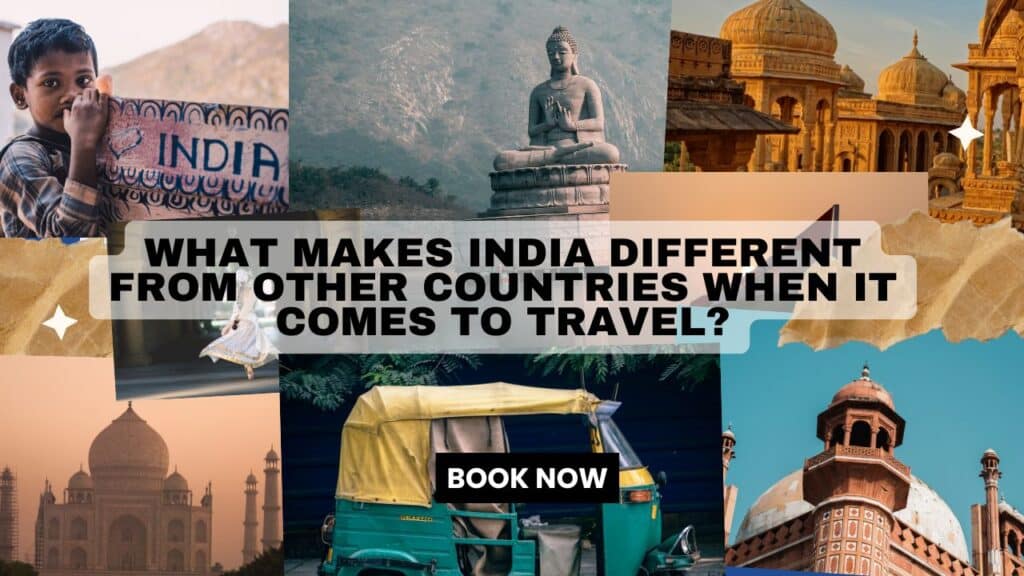(A Practical Guide for First-Time Visitors)
India is not a country — it is a continent of cultures, languages, religions, and traditions packed into one landmass. What is true in Kerala may be completely different in Punjab. Still, certain pan-Indian cultural threads and etiquettes will make your trip smoother, safer, and far more rewarding.
1. The Concept of “Indian Time” and Flexibility
- Punctuality is improving in corporate circles, but trains, buses, weddings, and even dinner invitations often run late.
- Build buffer time into every plan. Frustration over delays is the #1 complaint of first-timers.
2. Greeting: Namaste is Your Best Friend
- Fold your hands, slight bow, say “Namaste” (or the local variant: Namaskaram in South India, Sat Sri Akal in Punjab, Kemcho in Gujarat, etc.).
- Avoid hugging or kissing on the cheek unless the other person initiates (common only among urban youth or with people you already know well).
- Handshakes are common in business settings, but wait for the Indian person to offer their hand (especially with women — many prefer namaste).
3. Removing Shoes — A Non-Negotiable Rule
- Shoes off before entering anyone’s home, most temples, many gurudwaras, some mosques, and even some shops and yoga studios.
- Carry a pair of thick socks if you don’t want to walk barefoot on hot or dirty floors.
4. The Head and Feet Taboo
- The head is sacred — don’t casually touch someone’s head (even children).
- Feet are considered impure — never point them at people, religious books, or deities. If you accidentally touch someone with your foot, touch their shoulder and then your heart/forehead as a quick apology gesture.
5. Dressily & Hierarchy Matter
- Age and social hierarchy are respected. Address older people as “Auntie” / “Uncle” (universal even if unrelated) or “Sir/Ma’am” if formal.
- Decisions (where to eat, what to see) are often made by the eldest or the host — don’t insist too strongly if plans change.
6. Food Etiquette — It’s More Than Spice
- Most Indians eat with their right hand (left hand is for hygiene purposes). If you use hands, try to follow — it’s appreciated.
- Saying “no” to offered food can be rude. Take a small portion even if you’re full.
- Vegetarianism is widespread (especially in Gujarat, Rajasthan, South India). Asking “Is this veg or non-veg?” is normal.
- Beef is taboo for Hindus, pork for Muslims — avoid ordering either in mixed groups unless everyone is fine.
- Street food is amazing but choose busy stalls (high turnover = fresher food).
7. Dress Modestly (Especially Women, but Men Too)
- In cities like Mumbai, Delhi, Bangalore you’ll see shorts and tank tops, but in smaller towns, temples, and rural areas, cover shoulders and knees.
- Women: Scarf/dupatta comes in handy to cover head/shoulders when entering temples or conservative areas.
- Men: Avoid sleeveless shirts in religious places.
8. Temples & Religious Sites Have Strict Rules
- No leather items (belts, wallets, bags) inside many Jain and Hindu temples.
- Women may not be allowed inside the inner sanctum if menstruating (old tradition still followed in some famous temples — ask locally).
- Photography often banned inside the main shrine.
9. The Art of Bargaining
- Fixed price shops exist (especially malls and government emporia), but in most markets bargaining is expected.
- Start at 40–50 % of the quoted price and meet somewhere in the middle. Keep it friendly.
10. Public Displays of Affection (PDA)
- Holding hands is increasingly common among young couples in cities, but kissing or heavy cuddling in public will attract stares and sometimes harassment.
11. Tipping (“Baksheesh” Culture)
- 10 % in restaurants if no service charge.
- Small tips (₹20–50) to hotel porters, drivers, guides, and even sometimes security guards who “help” you park.
12. Photography Etiquette
- Always ask before taking photos of people, especially women and sadhus (holy men).
- Some tribes and villages (e.g., some in Rajasthan and Northeast) charge money for photos.
13. Concept of Personal Space is Different
- Queues are often loose, people stand close, and pushing in lines is common. Stay calm.
14. Festivals — They Can Disrupt Everything
- Holi (colors), Diwali (fireworks), Ganesh Chaturthi (processions), Eid, Durga Puja — trains and hotels get packed, prices skyrocket, and some cities literally shut down for days. Plan around them or join in.
15. The Sacred Cow (and Other Animals)
- Cows roam freely — hitting one with a vehicle is a serious offense in many states.
- Monkeys in temples will snatch glasses, phones, food — zip your bags.
16. Toilets & Hygiene
- Squat toilets are still common outside big hotels.
- Carry toilet paper and hand sanitizer — many places only have a water tap or “health faucet.”
- “Indian toilet” vs “Western toilet” is a standard question when booking homestays.
17. Yes Doesn’t Always Mean Yes
- The Indian head wobble (side-to-side tilt) can mean yes, maybe, OK, I heard you, or thank you.
- People often say “yes” or “no problem” to avoid confrontation even when something is impossible. Confirm critical things twice.
Quick Regional Cheat-Sheet
- North India (Delhi, Rajasthan, UP): Loud, direct, loves dairy and wheat.
- South India (Kerala, Tamil Nadu, Karnataka): Rice-based, coconut, more reserved, English widely spoken in Kerala & Karnataka.
- East (West Bengal, Odisha): Fish, sweets, intellectual conversations.
- Northeast: Completely different ethnicities — pork is common, people look East-Asian, extremely polite culture.
- Gujarat & Rajasthan: Almost fully vegetarian, very colorful dress.
- Punjab: Warm, loud, generous with food and whisky.
Final Advice
Come with an open mind, a sense of humor, and zero expectations of efficiency. India doesn’t happen to you — you happen to India. Respect local customs, smile a lot, and you’ll leave with stories no other country can give you.
Safe travels — and welcome to Incredible India! 🇮🇳




